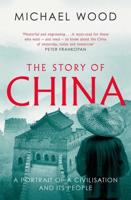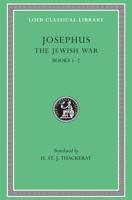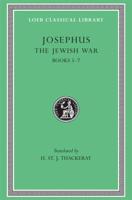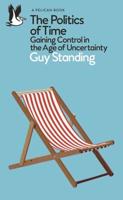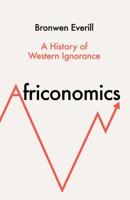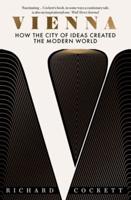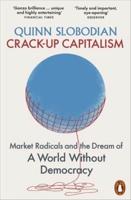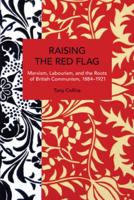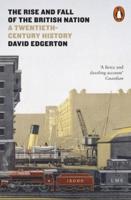Publisher's Synopsis
Remarkable for its meticulous archival research and moving life stories, The Pearl Frontier offers a new way of imagining Australian historical connections with Indonesia. This compelling view from below of maritime mobility demonstrates how, in the colonial quest for the valuable pearl-shell, Australians came to rely on the skill and labor of Indonesian islanders, drawing them into their northern pearling trade empire. From the 1860s onward the pearl-shell industry developed alongside British colonial conquests across Australia's northern coast and prompted the Dutch to consolidate their hold over the Netherlands East Indies. Inspired by tales of pirates and priceless pearls, the pearl frontier witnessed the maritime equivalent of a gold rush; with traders, entrepreneurs, and willing workers coming from across the globe. But like so many other frontier zones it soon became notorious for its reliance on slave-like conditions for Indigenous and Indonesian workers. These allegations prompted the imposition of a strict regime of indentured labor migration that was to last for almost a century before giving way to international criticism in the era of decolonization.
The Pearl Frontier invites the reader to step outside the narrow confines of national boundaries, to see seafaring peoples as a continuous population, moving and in communication in spite of the obstacles of politics, warfare, and language. Instead of the mythologies of racial purity, propagated by settler colonies and European empires, this book dissects the social and economic life of the port cities around the Australian-Indonesian maritime zone and lays open the complex, cosmopolitan relationships which shaped their histories and their present situations.
Julia Martìnez and Adrian Vickers bring together their expertise on Australian and Indonesian history to challenge the isolationist view of Australia's past. This book explores how Asian migration and the struggle against the restrictive White Australia policy left a rich legacy of mixed Asian-Indigenous heritage that lives on along Australia's northern coastline.
This book is an important contribution to studies of the coastal, or Pasisir, culture of Southeast Asia, that situates the local cultures in a regional context and demonstrates how Indonesian maritime peoples became part of global migration flows as indentured laborers. It offers a hitherto untold story of Indonesian diaspora in Australia and reveals a degree of Indian-Pacific interconnectedness that forces us to rethink the construction of regional boundaries and national borders.


